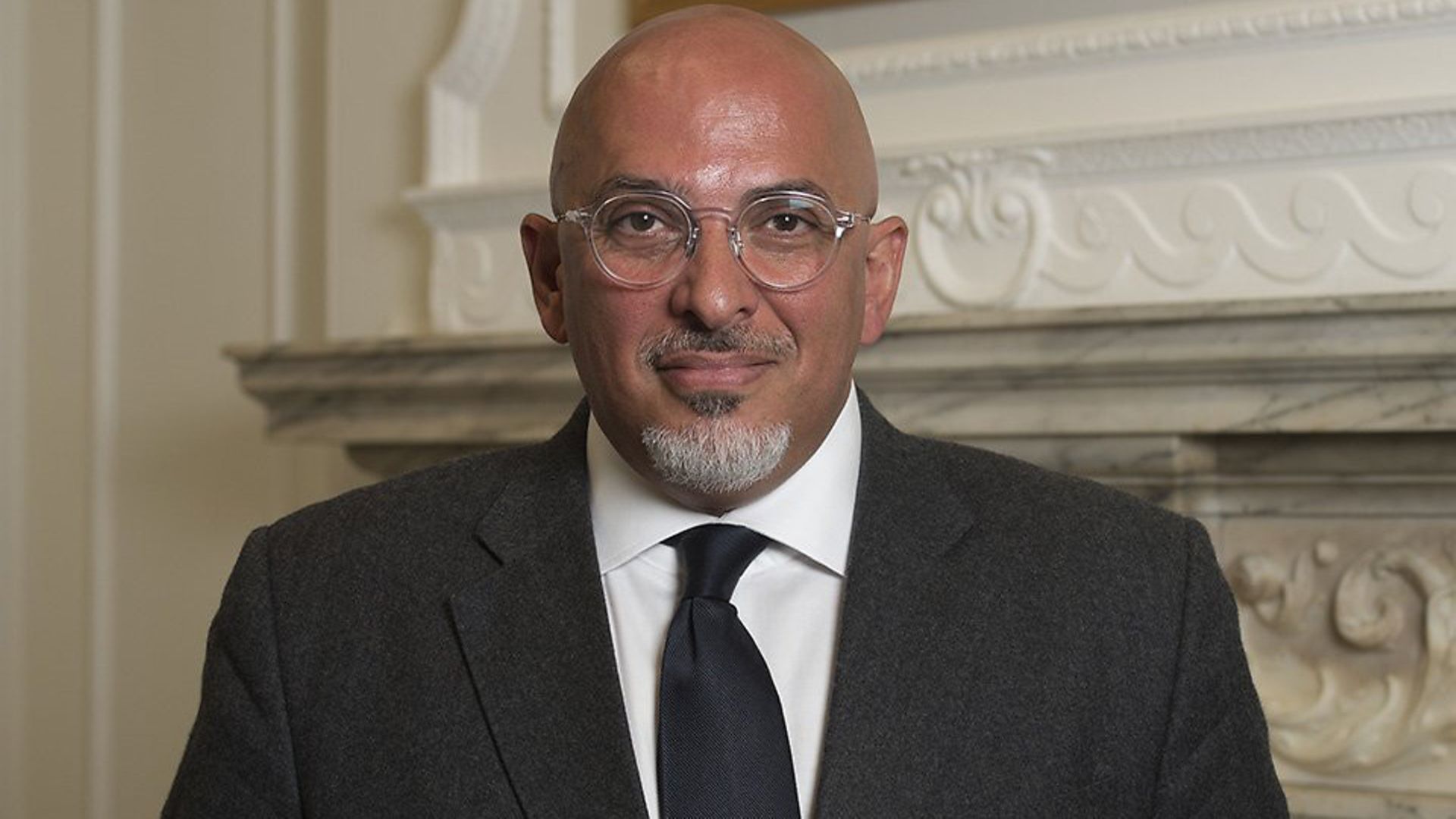
The UK’s vaccination programme started well. But JAMES BALL detects some wearily and worryingly familiar signs of over-promising and under-delivering.
No-one ever imagined the UK would end up in a third national coronavirus lockdown, let alone that thanks to systematic government failure it would end up with the NHS in an even more parlous position even than the peak of the first wave of the virus.
But famously the third time is supposed to be the charm: this one should feel different, not least because this time the strict national lockdown is at least accompanied by the early days of the UK’s vaccination program – the one thing we have been told repeatedly over the last year is our eventual way out of this human misery and economic devastation.
The problem is that in all too many ways this lockdown feels all-too-similar to the rest. It began too late, after the government first mocked and then disregarded warnings from experts and its political opposition. It’s accompanied by the usual wave of government recriminations against the general public for its own mistakes, and a familiar round of overreach from police, especially (yet again) in Derbyshire.
That means the fear for many of us is that government promises on vaccination are going to end up just like government promises on test and trace, Covid-safe rules, and so many other aspects of the UK’s pandemic response – a morale-destroying cycle of dramatic over-promising, under-delivering and then a long and slow clean-up of the consequences of that delay.
In theory we should have lots of reasons to believe it’s actually different this time. The UK appears to be one of the leading countries in making large, early orders of multiple different potential vaccines. We were also among the first countries in the world to actually approve several of the vaccines, too, leading to morale-boosting pictures of first doses in the UK well ahead of most of our European neighbours.
Even better, we know that more than two million people have had at least one dose of a coronavirus vaccine, placing us well ahead of most large countries. So for once the UK picture is not entirely doom and gloom – there is potentially, finally, a good news story that could emerge.
The problem is there are numerous ominous signs that this story could end like every other government rollout in response to coronavirus – and this time we’re all so used to where this government screws up that we can see the signs coming.
The first of these is simply the backdrop that the vaccination campaign is happening against: we absolutely should not be trying to enact an inoculation campaign requiring the UK’s most vulnerable people to leave home en masse and wait in health centres when around one person in 50 people has coronavirus right now.
This does not mean we should slow or stop the vaccination campaign until cases drop. But it does mean we should question exactly how it is being conducted. Concerns about the current arrangements are compounded by photographs showing waiting areas of barely-distanced chairs in unventilated public halls, and official documentation suggesting vaccine volunteers could provide conversation or company to those waiting for their jabs – hardly a great idea when coronavirus is so rife and spreading so freely.
Similarly, we seem to have no clear answers from the government on how many vaccine doses we actually have delivered – although we do know that previous promises have been broken: we were going to have 30 million doses of the Oxford vaccine by September, but didn’t, then four million by December, which was missed, and only have an unspecified number now.
Ridiculously, the government have refused to answer media questions as simple as “how many vaccine doses does the UK have right now” on grounds of national security. The result is a confused mess where people are picking up on a mistaken impression that the limiting factor on our vaccine rollout is either the availability of halls and centres in which to give jabs, or the working hours of people administering them.
The government’s continued evasive answers and dodging are leading to a mounting sense of confusion. When this is coupled with a breathtakingly ambitious target to vaccinate all of the UK’s most vulnerable populations – some 14 million people – by the middle of February, it starts to feel ominously like our era of over-promising and under-delivering is not yet over.
The public needs lots of clear information on how vaccines are going and where the problems are. Even if there are problems and delays, people will be much more understanding of this if they know where those issues are and what’s being doing to solve them – and get updated estimates of when things are happening.
Much time seems to have been wasted on the vaccine rollout. It seems to be happening at different paces in different parts of the country. The prioritisation system seems very crude and haphazard. It does not feel like the nine months when we had coronavirus but no vaccine were well used.
But that doesn’t mean we can’t get at least slightly ahead of things now. If we start with proper public information, that will build confidence.
The next step would be to build expectations: some people believe that we could reopen society to a large extent as soon as over-70s are vaccinated. That does not seem to be the view of most public health experts – so why don’t we manage expectations now?
The public will put up with a lot if it doesn’t come as a nasty surprise. Does vaccinating the over-70s mean we move to, say, tier three rather than no-tiers? If so, then let us make sure that’s communicated in advance – and then take the next step: who needs to be vaccinated to get back to tier two? Tier one? And open?
If the public feel like we have an actual plan rather than just an overly-optimistic target, and we have clear and public thresholds as to when things might be able to return closer to normality, we’ll start to feel better, even if it is still some way off.
The danger is that yet again in the government’s mad bumbling dash to convince us everything’s okay will once again makes everything worse. Given the recent history, you can’t blame anyone for not holding their breath.










